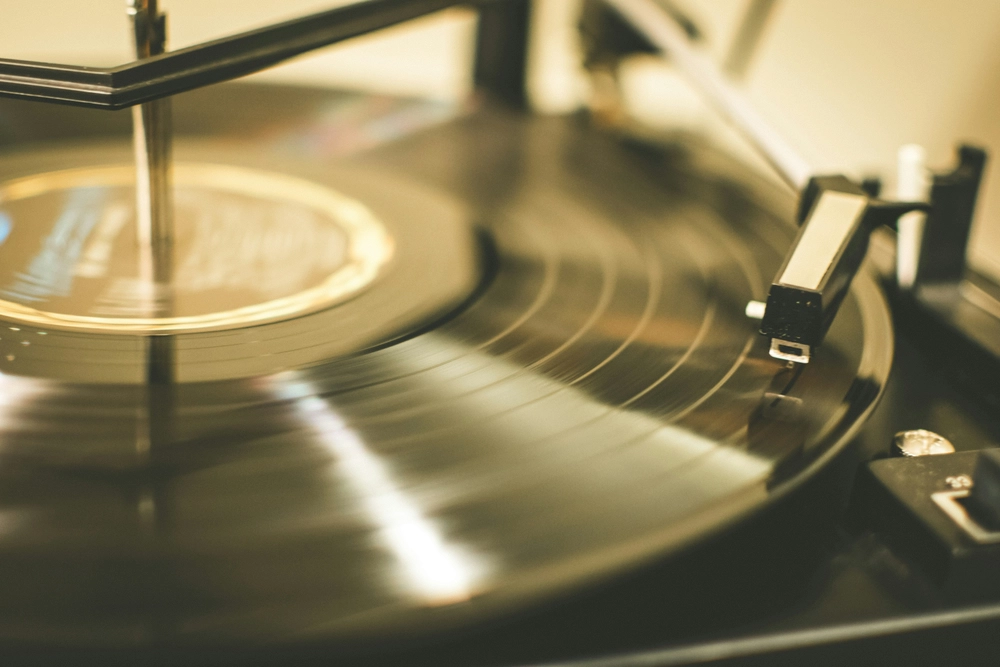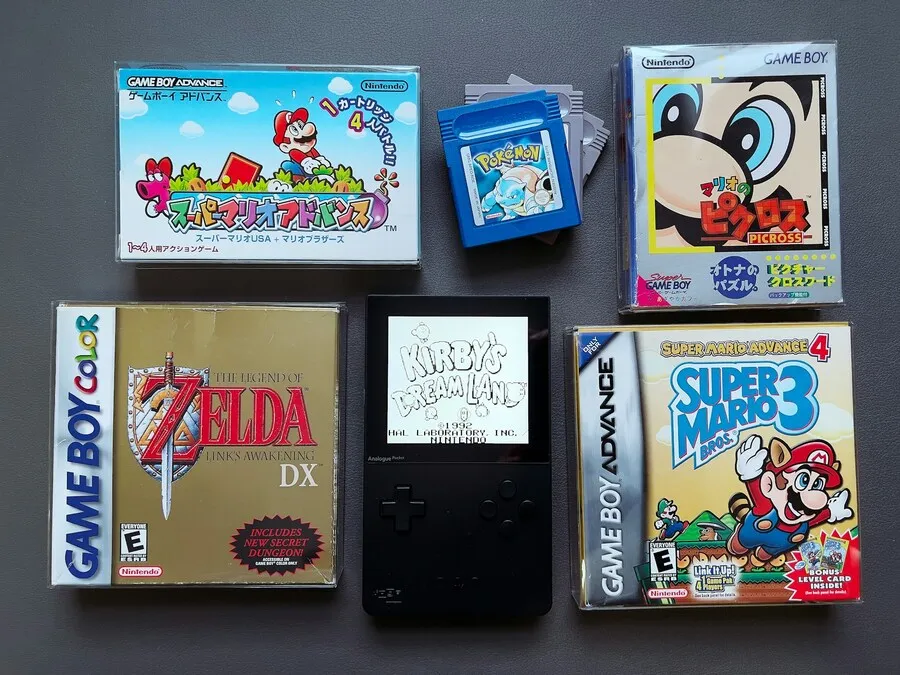Buying vinyl records online can be a nerve-wracking, panic-inducing activity, especially when dealing with used vinyl. You have to put a lot of faith in someone you’ve never met to send them a sum of money with the hope that they’ll meet your expectation. Over the years, I’ve had a myriad of experiences with buying from the web. Here’s a quick checklist for buying used vinyl on the Internet:
Visual Grading? The most significant aspect to a record listener (not necessarily collector) is the quality of the vinyl. Who wants to spend money on used vinyl plus shipping and handling charges on a barely audible record? When seller’s grade their record, it is absolutely imperative to know if they are grading records visually or if they recently listened to the record. Be wary of visually grading. Some of the cleanest looking records I own skip. You’ve been warned. If they don’t explicitly state how they grade the used vinyl, ask! If they don’t answer… best advice: walk (or click) away.
Grading System. After you know how they grade used records, you must have a good understanding of why the seller grades records the way they do. Most use the Goldmine standard for grading used vinyl. Even then, it’s not entirely clear. For example, if all but one track sound pristine, and that one track has surface noise and audible pops throughout most of that song, does the seller consider that a VG+ or VG record? Good sellers will be honest in the description. Something like: “Record sounds clear except for one track that has audible noise.” In that case, you can almost ignore the grade they assign to the record. Remember, sellers want to make money, and if they describe something that will degrade the value, you can be pretty assured their trustworthy.
Postage and Handling. Watch for outrageous postage and handling charges. Some sellers will list records at an inexpensive price and then have a ridiculous charge for postage and handling. Generally, $5.00 is fair for domestic shipping. And there should be a discount for additional records because it’s easy to ship multiple albums in the same package without additional charges. In spite of this fact, however, it’s fair for sellers to request additional monies for additional records. It balances out shipments of a single package with those that require multiple packages.
Keep track of your purchases. Maintain a spreadsheet, list, database, sticky notes… something… of what used vinyl you purchased and from whom and for what price. What I do after purchasing a record is listen and grade it myself. I then compare it with the seller’s grade. This information goes into my database and helps me determine if I am willing to purchase from the seller again. Too many sellers are out for a quick buck and don’t want to rely on return customers. This is foolish. Remember the old car salesman adage: “Don’t sell them one car now, sell them five cars in the future.” (or something like that).
Don’t be fooled by pictures. Pictures of vinyl albums are silly. There is no possible way to determine the true condition of a used record by simply looking at a picture. Where pictures do come in handy, however, is verifying everything you’re purchasing such as the sleeve (is it original), lyric sheet, inserts, and sometimes: the quality of the cover (if you care for such things).
This checklist will help you in determining whether to make an online purchase when considering buying a used record. Ultimately, it’s always a gamble, so you shouldn’t spend more than you can afford to lose. But if you follow these five tips, it should help you tilt the odds of scoring a fair deal (or even a steal of a deal) in your favor.
Source by Matt Milsark












